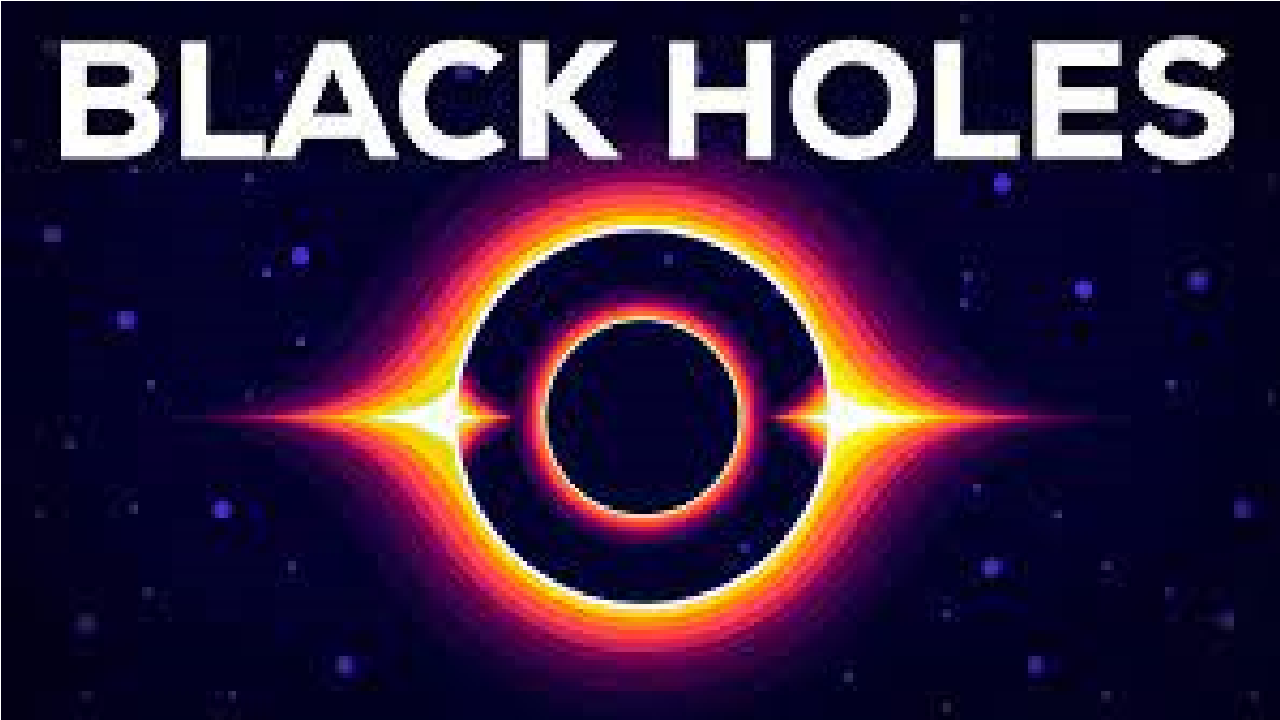According to scientists, black hole feeding practices can reveal their magnitude. According to new research, the light flickering seen in continuously eating supermassive black holes is linked to its size.
SUPERMASSIVE BLACK HOLE
Supermassive black holes, which are thousands to billions of times more enormous than that of the sun, are found at the heart of huge galaxies. SMBHs produce so little illumination when they are asleep and therefore not eating on the gases and stars around them; the one and only method scientists can discover them would be through their gravitational effects on nearby stars and gas. Nevertheless, when SMBHs are quickly expanding within the early universe, these are constantly consuming — or infalling matter — materials with high rates and generating massive amounts of radiation, often outdoing the entire universe in which they dwell, according to the scientists.
The new research, conducted by University of Illinois Urbana-Champaign astronomy postgraduate Colin Burke and professor Yue Shen, found a clear link here between the bulk of continuously feeding SMBHs and the luminous style’s unique timescale. The findings have been published in Science.
The light emitted by an accreting SMBH isn’t constant. It exhibits a ubiquitous flashing over periods spanning from days to decades related to physiological mechanisms that are still unknown. “Several studies that have looked into probable relationships between reported flashing as well as the size of the SMBH,” Burke added, “however the findings have been equivocal and occasionally disputed.”
To explore the variable patterns of flashing, the team assembled a huge data set of actively fed SMBHs. They discovered a distinct timeline on which the design varies, which is highly correlated with the SMBH’s mass. The scientists then matched their findings to those of accumulating dwarf galaxies, which are the remains of stars like our sun, and discovered that the very same short time scale relationship held true, despite the fact that neutron stars are billions to trillions of times less massive than SMBHs.
EFFORTS OF THE WHOLE TEAM
By connecting this shift to a person’s belch, the scientists equated black hole eating to human consuming or drinking behavior. Although babies burp regularly while drinking milk, adults can contain their burp for longer periods of time. They claimed that black holes feed in a similar manner.
“These findings show that the principles generating deposition flashing are universal, regardless of whether the core object is a supermassive black hole or a considerably less massive white dwarf,” Shen added.
“The solid identification of a link between observable illumination fluctuation and providing a significant of the accretor would undoubtedly allow us to understand accretion procedures,” said Yan-Fei Jiang, a Flatiron Institute researcher and study co-author.
Black holes in the universe have a wide range of mass and size. Here between a populace of stellar-mass black holes that carry less than a few tens of times the mass of the sun and the population of SMBHs, there is indeed a crowd of intermediate-mass black holes, which weighs around 100 and 100,000 times the mass of the sun.
Scientists around the globe are anticipating the start of a new age of huge surveys that will track the sky’s changing patterns. Beginning in late 2023, the Vera C. Rubin Observatory in Chile’s Legacy Sweep of Space and Time will study the skies for years, collecting illumination fluctuating information for millions of entities.









